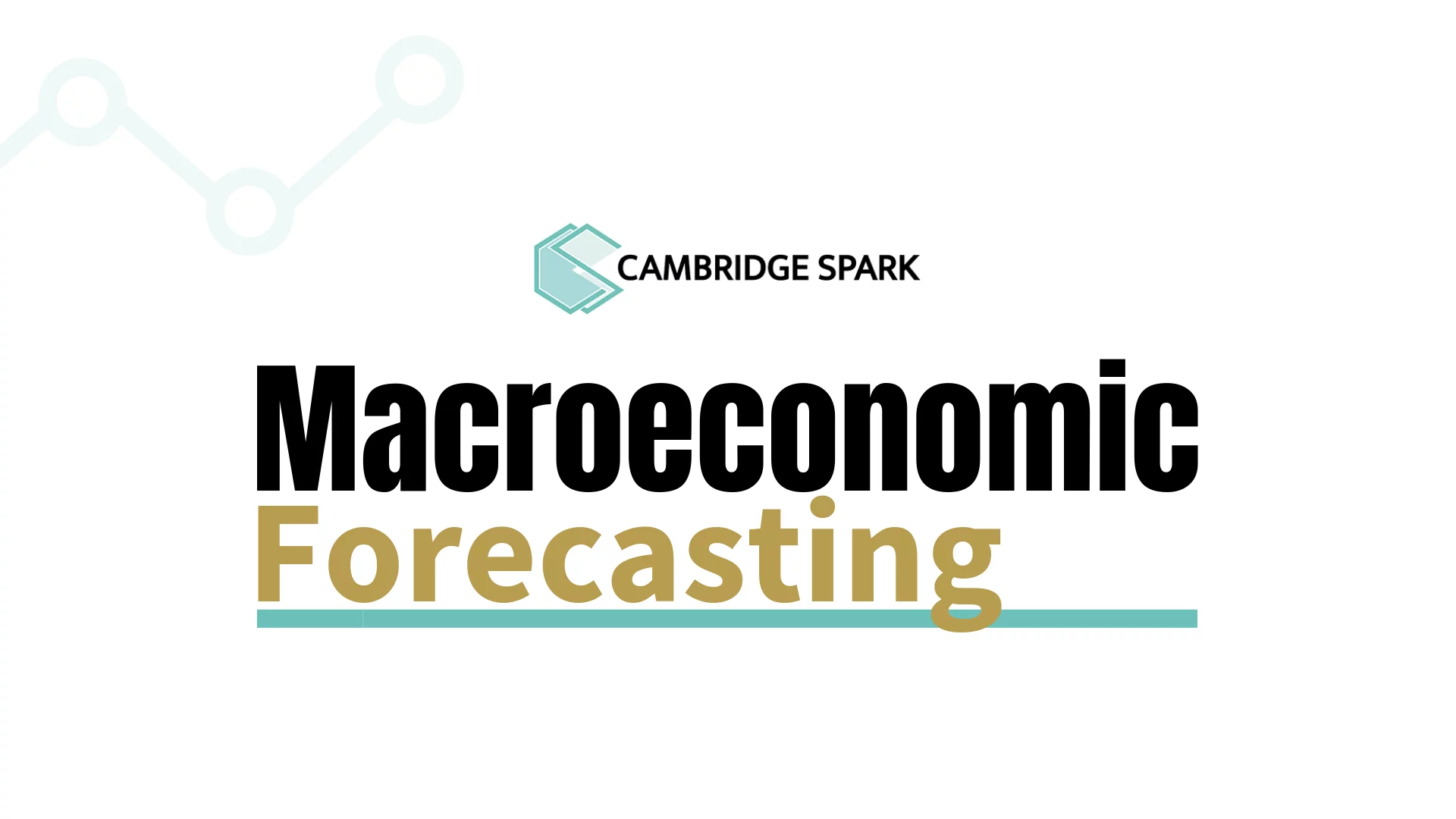What is Demand Forecasting? Why Forecasting important in Tourism?

Demand forecasting is the process of estimating the quantity of a product or service that consumers will purchase. Demand forecasting basically involves methods including both informal methods as guesses, and quantitative methods, such as the use of historical sales data or current data from test markets.
Demand forecasting may be used in making pricing decisions, in assessing future capacity requirements, or in making decisions on whether to enter a new market. The forecast of tourism of special importance because it is an indicator of future demand, thereby providing basic information for subsequent planning and policy-making.
The main forecasting techniques which are used in the tourism and recreation fields are time-series methods, multiple regression methods, multivariate methods and qualitative forecasting methods. Studies which compare the accuracy of forecasts of tourism and recreation demand generated by the various techniques are then examined.
Tourism forecasts may be generated by either quantitative or qualitative approaches. Quantitative approaches develop and employ mathematical models, theories and hypotheses pertaining to natural phenomena. Unlike quantitative approaches, qualitative approaches involve in-depth understanding of human behaviour.
Almost all forecasting involves predicting the tourism demand at some point in the future. As a luxury good, the demand for tourism tends to be quite elastic while the income elasticity of different tourism products can differ considerably, as some recreation goods may actually show declining consumption with increasing income.




